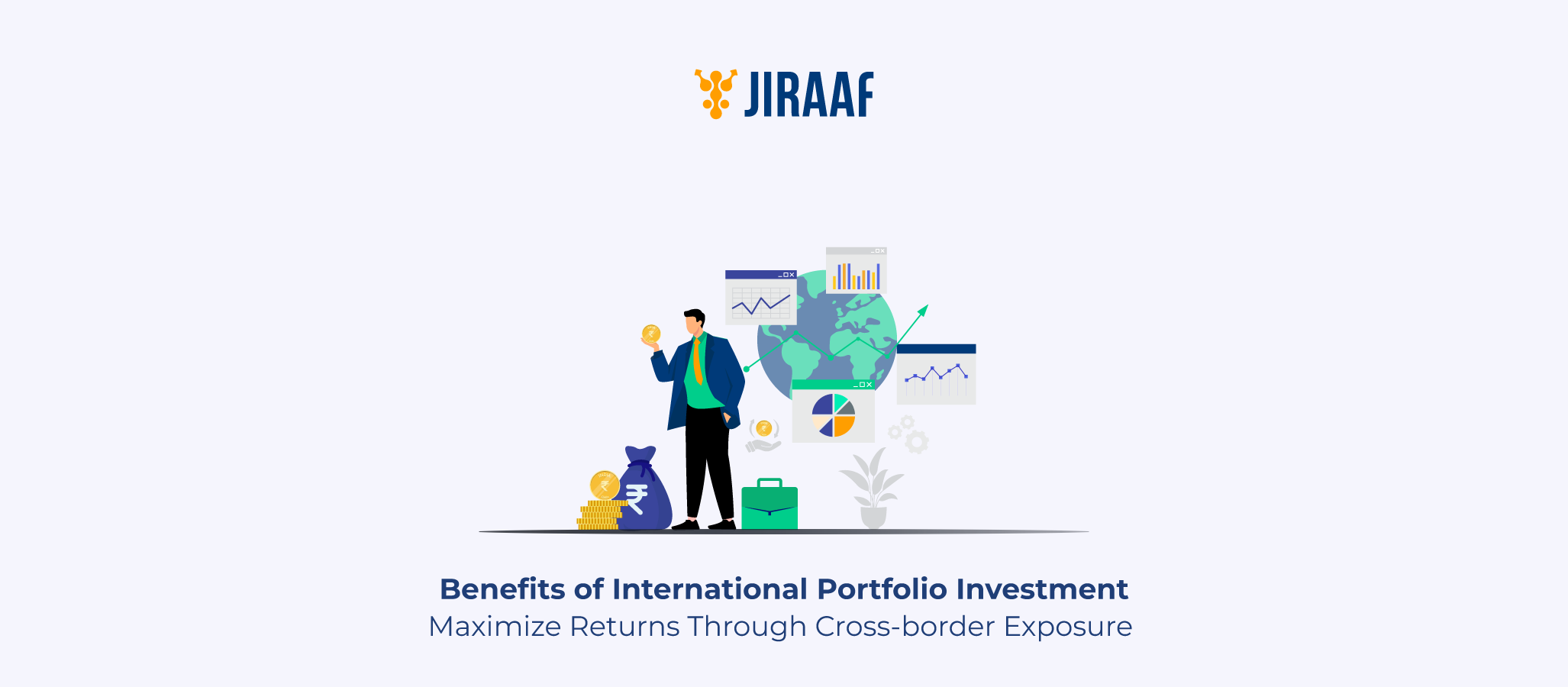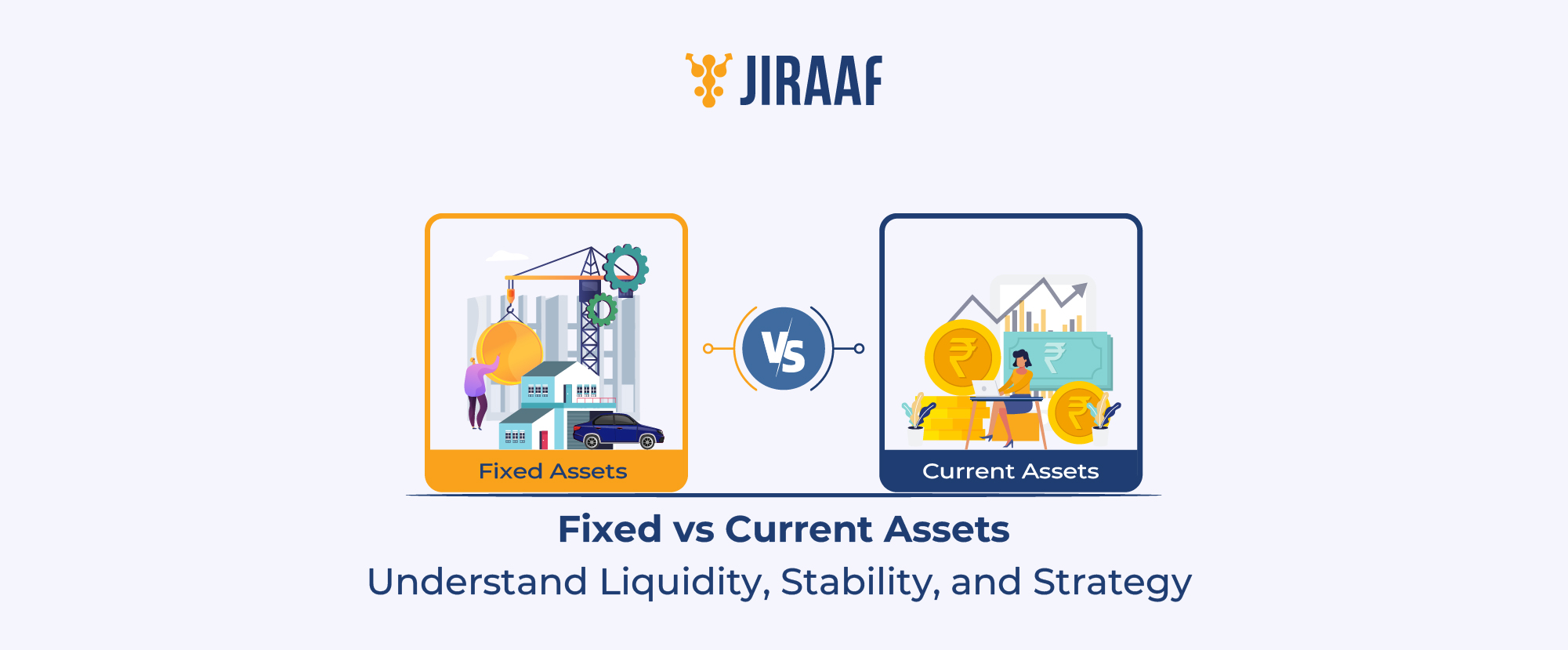When we talk about retirement in India, we usually think of EPF or NPS. But there is another alternative, ULPPs, that delivers market-linked returns with built-in insurance cover.
Insurance. Investment. Annuity. ULPPs bundle it all into one product. But in trying to do everything, do they really deliver what you’re looking for?
In this blog, we’ll break down what ULPPs are, how they work, their pros and cons, and how they compare to traditional pension options. Whether you’re just starting to think about retirement or looking to diversify your portfolio, this guide will help you understand if a ULPP fits into your long-term financial plan.
What are Unit Linked Pension Plans (ULPPs)
A Unit Linked Pension Plan (ULPP) is a retirement-focused investment product that combines insurance coverage and market-linked investments.
It works similar to a Unit Linked Insurance Plan (ULIP) but here there’s only one key purpose—to build a retirement corpus.
When you invest in a ULPP, your money is partly used to provide life insurance, and the rest is invested in equity, debt, or balanced funds—depending on your risk appetite and the options you choose. With your investments growing over time, you have a corpus to depend on by the time you retire.
How Unit Linked Pension Plans Work: Investment Allocation in ULPPs
Unit-linked pension plans operate right at the intersection of investment and insurance. Unlike traditional pension plans that invest in low-risk instruments, ULPPs give you complete liberty and flexibility in choosing how your money is allocated—helping you balance risk and reward over the long term. As per the plan you choose, you pay premiums—either monthly, annually, or as a lump sum.
The insurer deducts charges (like fund management, policy admin, etc.) and the remaining amount is invested in market-linked funds.
On maturity (usually at retirement), you receive the corpus, part of which can be withdrawn as a lump sum, and the rest must be used to buy an annuity (to get regular pension payments).
When you pay premiums, your money is invested in market-linked funds, which fall into three main categories:
- Equity Funds: Higher growth potential, suitable for long-term investors with a higher risk appetite.
- Debt Funds: Lower risk, stable returns, ideal for conservative investors or those closer to retirement.
- Balanced/Mixed Funds: A combination of equity and debt, offering moderate risk with steady growth.
This flexibility allows you to align your ULPP with your financial goals and risk profile, and you can often switch between equity and debt funds as your needs evolve.
Vesting Date and Fund Value Calculation
Your vesting date is the date when the policy matures—typically the date lies between you turning 55 and 70 years old. On this date, your accumulated fund value becomes available for retirement income planning.
Here’s how the fund value is calculated:
Fund Value = Number of Units × Net Asset Value (NAV) on the vesting date
So, the better your investments perform over time, the higher your retirement corpus becomes. You can withdraw up to 60% as a lump sum, and the rest must be used to purchase an annuity, which gives you regular income post-retirement.
Benefits of Unit Linked Pension Plans
Unit-linked pension plans come with various advantages that make them stand out as a solid choice for long-term retirement planning.
Market-linked Growth Potential
Unlike traditional pension plans, several ULPPs also invest in equities, offering potentially higher returns compared to traditional pension plans. The long-term nature of these investments helps smooth out market volatility, making them relatively safer compared to direct investments in the capital markets. In the long run, this can result in a significantly large corpus.
Built-in Life Insurance
ULPPs come with a life cover, adding a buffer to your family’s financial future in case of an unfortunate incident with you during the term of the policy. It’s a bonus layer of security, especially for younger investors.
Fund Switching Flexibility
Many ULPPs allow you to switch between equity, debt, and balanced funds, depending on your life stage or market conditions. This gives you control to manage the risk and returns more actively.
Guaranteed Retirement Income
On maturity (vesting), part of your fund must be used to buy an annuity, which guarantees regular pension payouts for life. This ensures a steady income stream during retirement—helping you manage your expenses worry-free.
Tax Benefits
Premiums of up to ₹1.5 lakh, paid for ULPP, qualify for deductions under Section 80CCC.
Maturity benefits are partly tax-free (subject to limits and conditions). This adds a tax-efficiency angle to your retirement planning.
Long-term Discipline
ULPPs are designed to lock in your savings until retirement, promoting consistent, long-term investment behavior. This disciplined approach can be one of the strongest advantages for retirement planning.
Taxability of Unit Linked Pension Plans (ULPPs)
While ULPPs offer tax benefits, it’s important to understand how different stages of the plan are taxed. Here’s a breakdown:
Tax Benefits on Investment
The premiums you pay towards a ULPP are eligible for deduction under Section 80CCC of the Income Tax Act, up to a combined limit of ₹1.5 lakh (including 80C investments). This helps lower your taxable income during the contribution years.
Tax on Maturity (Vesting)
When your ULPP matures (i.e., on the vesting date):
- You can withdraw up to 60% of the fund value as a lump sum. This portion is tax-free, subject to existing limits and tax rules.
- The remaining 40% must be used to buy an annuity. Annuity payouts are considered income and taxed as per your applicable tax slab in the year of receipt.
Things to Keep in Mind
- If you surrender the policy within 5 years, the tax benefits claimed before that
Risks and Considerations for Choosing ULPPs
Unit-linked pension plans may seem like the perfect retirement solution, but they come with certain risks and conditions that are important to understand. Here’s what to consider before investing:
- Market Risks: Understanding Volatility
ULPPs are linked to market performance. If your chosen plan is invested in equity or hybrid funds, returns can fluctuate due to market volatility. While this can work in your favor over the long term, there’s a chance you might get lower returns in the short run, especially close to retirement. Therefore, it’s crucial to stay invested long enough to smooth out the bumps from the ups and downs of the market.
- Fund Management Charges and Other Deductible Fees
ULPPs come with a variety of charges, like premium allocation charges, fund management fees, mortality charges, and policy administration fees. These fees are deducted from your investment and can reduce your effective returns, especially in the early years. Different insurers charge differently, so always review the fee structure before choosing a plan.
- Lock-in Period and Restrictions on Premature Withdrawals
ULPPs have a mandatory lock-in of 5 years, during which you cannot make any withdrawals. Even after this period, early surrender may come with penalties and tax implications. Also, at maturity, you can only withdraw a portion as lump sum and must use the rest to purchase an annuity. This limits your liquidity and flexibility.
- Suitability for Different Risk Profiles (Low to High-Risk Appetite)
ULPPs are not ideal for everyone. If you have a high-risk appetite, ULPPs can offer good long-term returns through equity exposure. If you’re risk-averse, debt or balanced fund options within ULPPs may suit you better—but they come with lower potential returns. It’s important to match the fund selection and investment horizon with your personal risk profile and align them with your personal retirement goals.
ULPP vs. Traditional Pension Plans: A Comparison
When planning for retirement, you’ll likely come across multiple options to build the corpus for your desired post-retirement life, such as, ULPPs, NPS and traditional pension plans. Each has its own strengths and trade-offs. Here’s a quick comparison to help you decide which one suits your needs best:
ULPPs (Unit Linked Pension Plans)
- Returns: Market-linked; potential for high growth
- Flexibility: You can choose between equity, debt, or balanced funds; fund-switching allowed
- Tax Benefits: Up to ₹1.5 lakh under Section 80CCC
- Lock-in: 5 years
- Maturity: Part lump sum + compulsory annuity purchase
Best for: Investors with medium to high-risk appetite, looking for a balanced combination of growth and insurance.
NPS (National Pension System)
- Returns: Market-linked (equity, corporate bonds, government securities)
- Flexibility: Auto and active choice for asset allocation
- Tax Benefits: Up to ₹1.5 lakh under Section 80C. Additional ₹50,000 under Section 80CCD(1B)
- Lock-in: Until age 60
- At Maturity: 60% lump sum (tax-free), 40% annuity (taxable)
Best for: Cost-conscious long-term investors seeking low charges and decent returns
Traditional Pension Plans
- Returns: Low to moderate (mostly guaranteed or fixed returns)
- Flexibility: Although the flexibility is limited, these plans provide you with fixed annuity rates (subject to changes every year).
- Tax Benefits: Under Section 80CCC
- Lock-in: Till vesting age (usually 55–65)
- Maturity: Mostly annuity-based payouts
Best for: Risk-averse investors who prefer guaranteed income and peace of mind
Who Should Invest in ULPP?
A ULPP isn’t a one-size-fits-all solution, but it can be a powerful retirement tool for the right kind of investor. Wondering if it’s the right fit for you? Let’s find out.
1. Young Professionals Starting Early
If you’re in your 20s or 30s, you have time on your side. ULPPs allow you to take advantage of equity markets for long-term growth. The earlier you start, the more you benefit from compounding, resulting in a bigger corpus for you by the time you retire.
2. Investors with a Medium- to High-Risk Appetite
ULPPs suit those who are comfortable with market-linked returns and can tolerate some volatility. With fund-switching options, you can manage risk constantly based on your age and market trends.
3. Salaried Individuals Seeking Retirement Security
ULPPs tick all your boxes if you’re looking to build a retirement corpus gradually while also getting life cover. They instill a disciplined saving habit and come with tax benefits that help reduce your yearly tax outgo.
4. Goal-oriented Investors
Planning for retirement at 60? Want to secure a second income post-retirement? ULPPs can help you stay focused on long-term goals, especially with structured vesting options and annuity plans, helping you maintain a comfortable standard of living without being dependent on anyone.
How to Choose the Right Unit Linked Pension Plan
Choosing the right ULPP is more than just picking the plan with the highest returns—it’s about finding one that fits your retirement goals, lifestyle, and risk appetite. Here’s how you can go about it:
Evaluating Investment Strategies Based on Risk Profile
Before selecting a ULPP, identify your risk tolerance:
- If you’re open to risk, go for equity-heavy ULPPs that aim for higher growth over the long term.
- If you’re more conservative, consider debt or balanced funds that focus on stability over returns.
- Some plans allow you to switch between fund types—this is great for adapting your strategy as you age or as market conditions change.
Matching your ULPP’s investment strategy to your comfort with risk is key to staying invested confidently.
Reviewing Market Trends and Returns of Existing ULPPs
Not all ULPPs perform the same. Look at:
- Historical returns over 5–10 years for different funds within the ULPP.
- How the fund has behaved during market ups and downs—this shows how resilient it is.
- The fund manager’s track record and asset allocation strategy.
While past performance isn’t a guarantee of future results, it gives insight into how well-managed and consistent the plan is.
Retirement Isn’t a Finish Line—It’s a New Chapter
We often think of retirement as the end of the road—but what if it’s actually the beginning of something new?
A unit-linked pension plan isn’t just about securing your financial future—it’s about investing in freedom. Freedom to travel, to start that side project you’ve been dreaming about, or to simply enjoy quiet mornings without an alarm clock. By choosing a ULPP wisely, you’re not just planning for retirement—you’re planting seeds for a second life that’s self-funded, self-directed, and stress-free.
The key? Start early, stay consistent, and keep your eyes on the long game.
Because when you treat retirement as a destination worth investing in, you’ll arrive not just with wealth—but with possibilities.
FAQs
Are ULPPs a safe investment for retirement?
ULPPs offer a balanced approach to retirement planning, combining market-linked growth with insurance coverage. While they aren’t entirely risk-free—since returns depend on equity and debt market performance—they are regulated by IRDAI and offer fund-switching options to manage risk. If you choose them based on your risk appetite and hold them for the long term, ULPPs can be a relatively safe and structured way to build a retirement corpus.
What happens if I stop paying ULPP premiums?
If you stop paying ULPP premiums within the first 5 years (the lock-in period), your plan will shift to a discontinuance fund, and charges may apply. After the lock-in, you can stop payments, but your fund value will remain invested and may still grow. However, you might lose out on benefits like insurance cover or bonuses. It’s best to check your specific policy terms before discontinuing.
Can I withdraw money from my ULPP before retirement?
Partial withdrawals from a ULPP are generally not allowed during the first 5 years due to the lock-in period. After that, some plans may permit limited withdrawals, but full access is usually only available at vesting (retirement) age. Even then, you can only take a portion as a lump sum—the rest must be used to buy an annuity. Always check your plan’s withdrawal rules before investing.
How are ULPP returns calculated?
ULPP returns are calculated based on the Net Asset Value (NAV) of the fund your money is invested in. Your premiums (after charges) are used to buy fund units, and the value of those units changes daily with market performance. So, your overall return depends on the fund type (equity, debt, or balanced), market trends, duration of investment, fund charges. Longer durations generally yield better returns.
Do ULPPs offer guaranteed returns?
No, ULPPs do not offer guaranteed returns. Since they invest in market-linked instruments like equity and debt funds, their returns vary based on market performance. While some plans may offer features like capital protection or minimum guaranteed benefits, these often come at the cost of lower returns. ULPPs are best suited for investors comfortable with some level of risk in exchange for potential long-term growth.
Discover fixed income investments with Jiraaf, a SEBI registered online bonds platform that educates and brings access to a wide array of bonds. Sign up today to explore diversified fixed income investment opportunities to support your goal-based wealth creation journey. Start investing!









